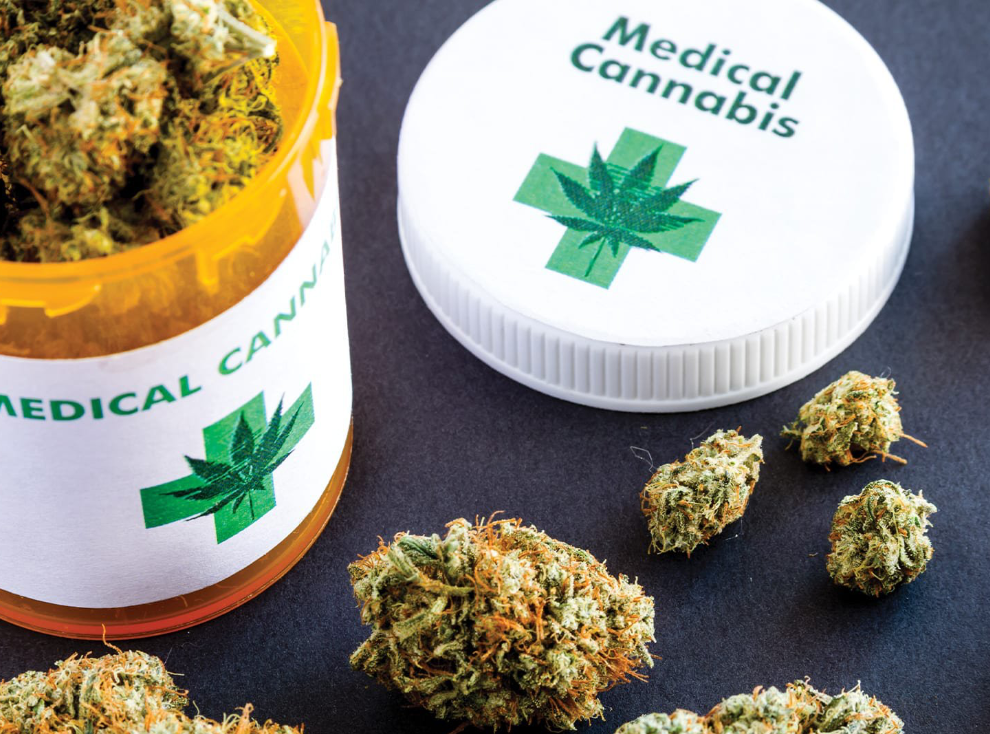Import of cannabis: new rules from the Cabinet of Ministers
17 August 2024 04:59
The Cabinet of Ministers of Ukraine has approved a new resolution that changes the rules for the import, export and transit of narcotic drugs, psychotropic substances and precursors through the territory of Ukraine. In particular, the changes relate to the transportation of cannabis plants for medical use, "Komersant Ukrainian" reports with reference to the press service of the Ministry of Health.
According to the new resolution, transportation permits will be granted only to those business entities that have the appropriate licences to operate in the field of circulation of narcotic drugs, psychotropic substances and precursors, or licences for the production, wholesale and retail trade in medicines containing small amounts of such substances.
The document also contains a detailed list of the necessary documents that business entities must submit to the State Administration on Medicinal Products to obtain permits for the import, export and transit of medical cannabis plants and other controlled substances.
Starting from 1 October, the State Administration on Medicinal Products and the State Customs Service will be obliged to enter information on issued permits into the state web portal “Single Window for International Trade” on the day of their issuance.
It should be noted that medical cannabis became legal in Ukraine on 16 August .
It should be noted that the law does not provide for full legalisation, but allows the use of the plant only for medical and scientific purposes. It will help simplify the medical use of medicines that contain cannabis.
Doctors will be able to write e-prescriptions for medicines containing cannabinoids, and patients will be able to store such medicines (if they have a prescription) and enter and leave Ukraine with them if they have a prescription and documents confirming the diagnosis.
What is medical cannabis?
The medical value of cannabis lies in the cannabinoids – the compounds contained in the plant. Most of the cannabinoids have not been well researched to date. The most well-known are tetrahydrocannabinol (THC or THC in Latin) and cannabidiol (CBD). These are the two cannabinoids that are most often mentioned when talking about medical cannabis.
Tetrahydrocannabinol is the narcotic component of cannabis. It is because of it that hemp was classified as a dangerous drug in the XX century. Medical cannabis is not only cannabis with a low content of the narcotic compound THC, but also those with a low percentage of tetrahydrocannabinol.
Treatment with cannabis
The feasibility of therapeutic use of cannabis has been confirmed by scientists for the following conditions
- neurological diseases: multiple sclerosis, epilepsy (according to preliminary findings, cannabis can have a positive effect on the treatment of Alzheimer’s disease, Huntington’s disease, and Tourette’s syndrome);
- diseases of the digestive tract (according to convincing evidence, cannabis has a significant positive effect on the relief of side effects during chemotherapy in oncology (especially nausea and vomiting) and side effects associated with HIV/AIDS treatment;
- according to preliminary conclusions, a positive effect is also observed in relation to ulcerative colitis and Crohn’s disease, as well as in inflammation and dysfunction of intestinal motility;
- in addition, cannabis-based products are used to increase appetite in diseases that lead to weight loss and exhaustion);
- drug addiction and mental health problems (preliminary evidence shows that cannabis is effective as a substitute therapy for opioids, stimulants (including cocaine) and alcohol, as well as for overcoming anxiety, post-traumatic stress disorders and sleep disorders);
- chronic pain of neuropathic origin;
- palliative care (mainly cannabis-based products are used to relieve a range of symptoms in cancer patients in need of palliative care, including pain relief, eating disorders, and sleep).
In addition, it has been scientifically proven that phytocannabinoids have a highly effective antimicrobial effect (on staphylococci and streptococci), and also demonstrate a noticeable positive effect in the treatment of post-traumatic stress disorder, various diseases of the immune system, arthritis and rheumatism, asthma, various forms of sclerosis, herpes, diabetic neuropathy, anorexia and many other ailments.









